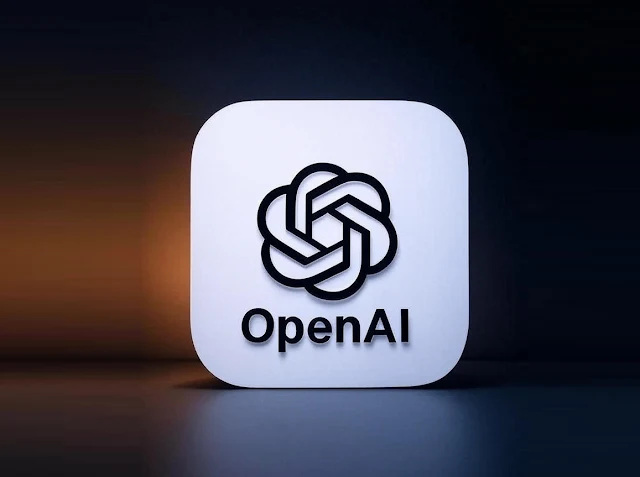Treating AI as a Tool, Not a Shortcut
Leah Belsky, who leads OpenAI’s education efforts, says students need to build a healthy relationship with AI that’s based on guided use instead of passive dependence. Many schools still treat chatbots as something to block rather than something to teach. That hesitation often stems from the assumption that using AI to help with homework is the same as cheating. Some also worry that reliance on AI weakens memory, problem-solving, and other cognitive skills.
OpenAI views this differently. It sees AI as something like a calculator, meaning it has value only when used with purpose. If students rely on it to avoid thinking, then it can harm learning. But if they use it while being prompted to explain, compare, or modify responses, then it could help them learn more effectively.
Learning to Code with AI
OpenAI has been emphasizing the need for students to become familiar with coding, even if they do not become engineers. The team sees coding not only as a technical skill, but also as a way to practice logic, structure, and digital problem-solving. Through tools that allow users to request code using plain language, more students can now try programming without deep expertise.
This kind of interaction, sometimes called “vibe coding,” turns written instructions into working scripts. But even as the process becomes more accessible, it still demands careful review. Most AI-generated code includes mistakes or inefficiencies that students must correct. Without understanding the basics, they risk using broken or insecure programs without knowing it.
Adding Friction to Promote Real Learning
One of the major concerns about AI in classrooms is that it makes learning too easy. Students might skip over hard concepts because they can generate quick answers with very little effort. To respond to this, OpenAI has begun adding structured resistance into ChatGPT through a new feature called Study Mode.
This mode provides support in the form of guiding questions rather than answers. The goal is to help students reach understanding through reflection and trial, rather than by copying and pasting. It adjusts its feedback based on the user’s experience level and objectives, so students interact more deeply with the topic instead of bypassing it.
Other Companies Are Tackling the Same Problem
OpenAI is not the only one working on AI-guided education. Kira Learning, a startup that launched several years ago, is trying to help teachers introduce computer science even if they have no technical background. Earlier this year, it released several AI assistants that work within classroom settings. These tools are designed to challenge students at key moments rather than giving them finished solutions.
Kira’s team has spoken about the need to keep students engaged with content instead of allowing them to move too quickly through it. Their tools slow down interactions by requiring small steps, corrections, or explanations that mimic how human teachers build understanding over time.
Educational Institutions Still Lag Behind
While some tech companies are investing in AI tools that support genuine learning, many schools and universities have yet to catch up. Most still treat AI as a threat to academic honesty, focusing on how to prevent cheating rather than how to build new forms of instruction.
The current system rewards students for producing clean, finished answers, but does not always reward the deeper thinking required to generate ideas, solve problems, or apply concepts. As AI continues to change how information is accessed, education systems may need to update how they assess learning, not just how they manage tools.
For now, most of the responsibility for shaping AI’s role in learning rests with the technology companies. They are building the platforms that could either remove effort from education or channel it in more useful ways. Whether schools are ready to adopt these systems or not, the tools are already in students’ hands.

Notes: This post was edited/created using GenAI tools. Image: DIW-Aigen.
Read next: Agentic AI Coding Tools Gain Momentum in Corporate Engineering Workflows
